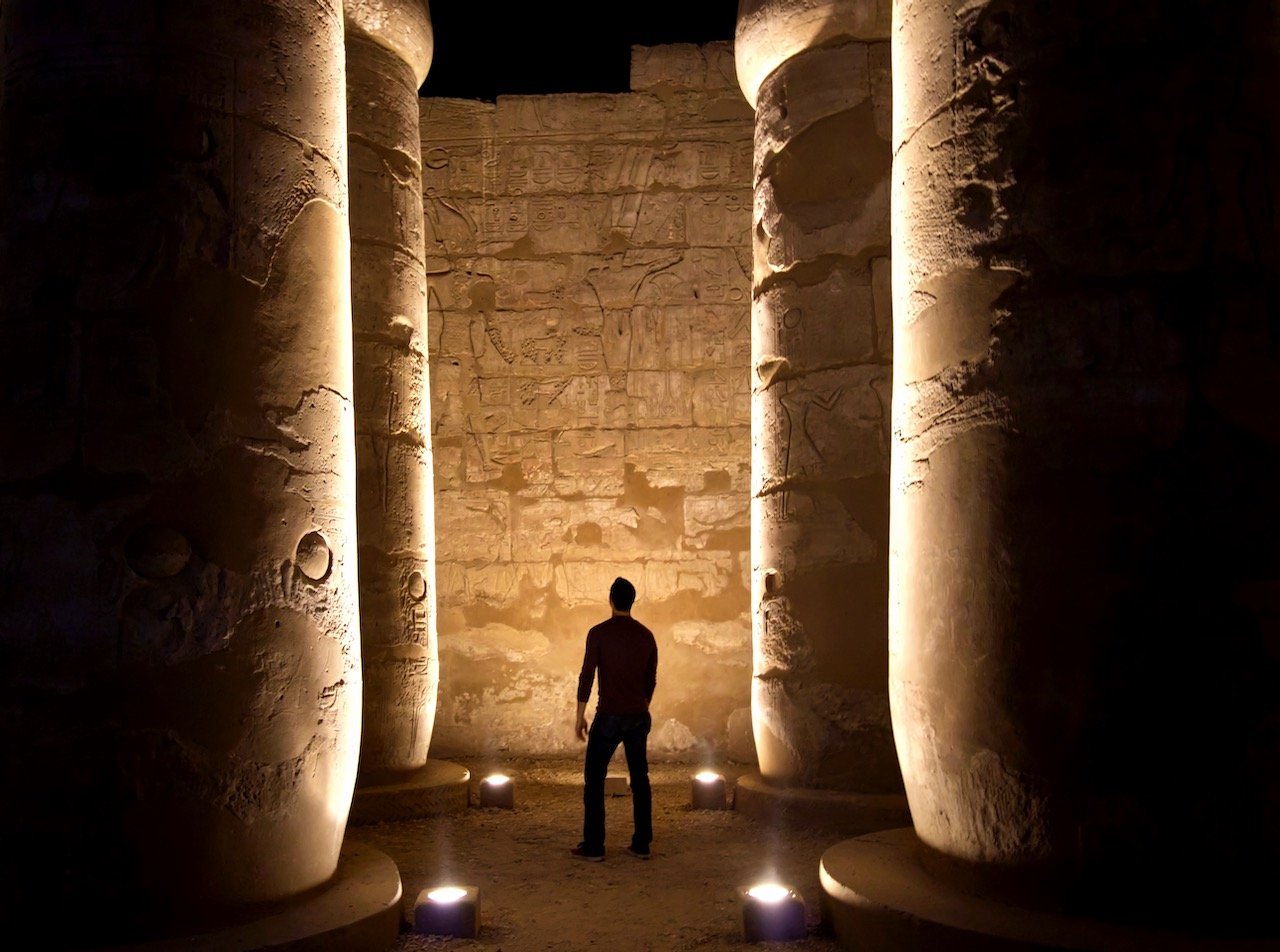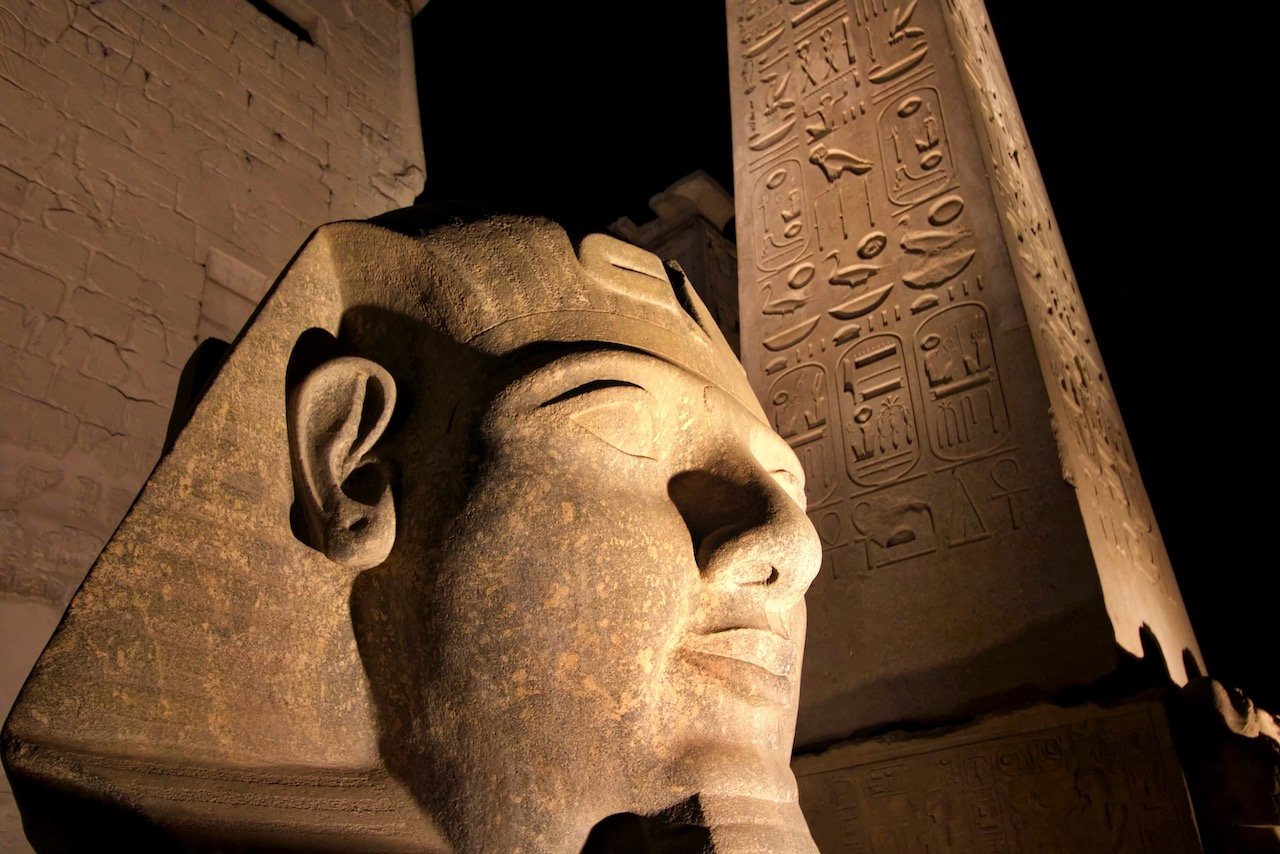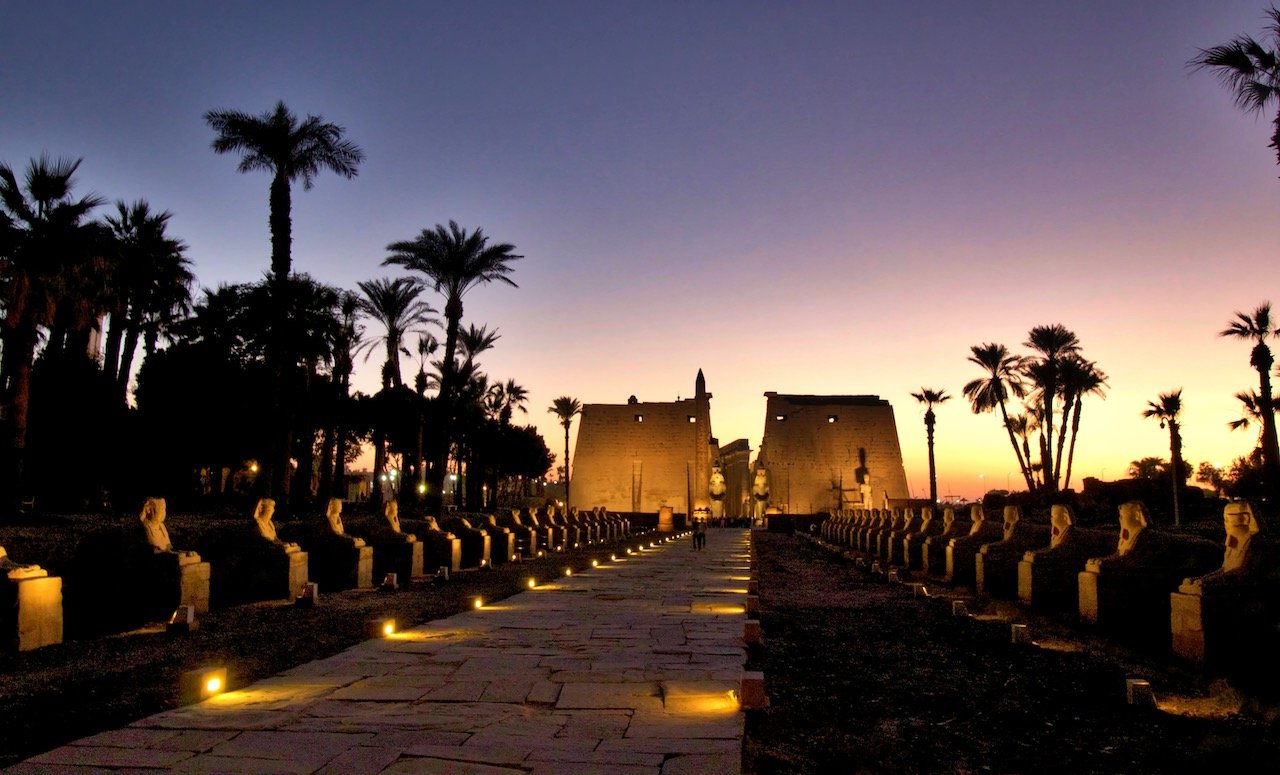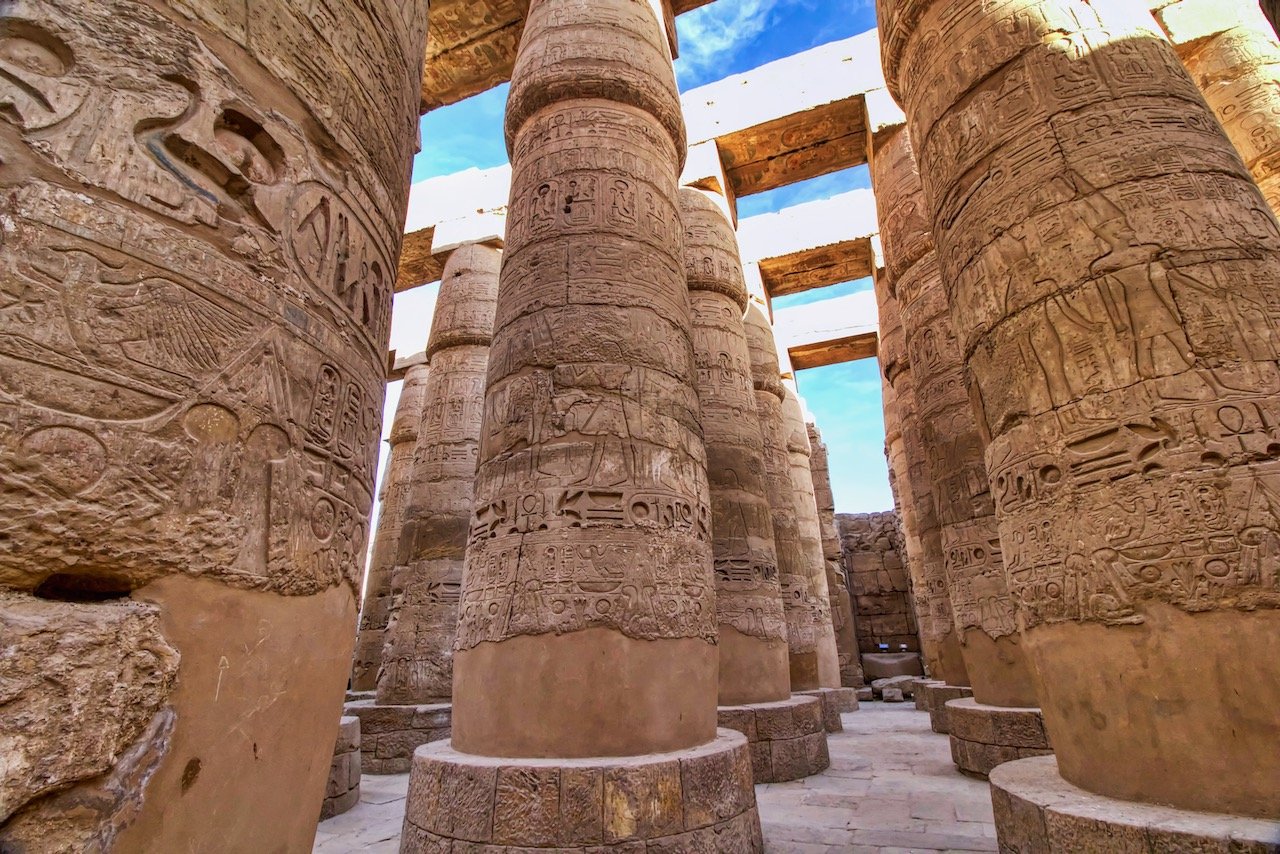A Sightseeing Guide to Egypt: More than just pyramids
(Some links in this post are affiliate links. If you click through and take action, I'll be compensated.) If you are also interested in any PRINTS from any of my posts, be sure to check out my store where you can buy prints as posters, in metal/wooden frames or on canvas.
Egypt has to be near the top of everyone’s travel list. Its history is learned by everyone and the landmarks of such history are well preserved. You will quickly find that Egypt is more than just its Pyramids and the Sphinx, though there is great satisfaction in being able to visit the last remaining Ancient Wonders of the World (obviously a UNESCO WHS). With a week’s time and a plethora of transportation options at your disposal, you can get a crash course into Egyptian culture and see its most famous temples and complexes. You can find a Google map of the places I will discuss at the end of this post. Also, if you have more time in this part of the world, consider seeing places like Jordan (see blog post) and Dubai (see blog post).
Given the recent political unrest in the country, it’s understandable that you may be reluctant to visit. But by adhering to local customs, knowing a few words of arabic, and keeping a low profile, you can be sure to have a great time. Photography is allowed in most of these attractions, however for some, such as the tombs in the Valley of the Kings, it is worth purchasing a photo pass; these are usually higher in price but are necessary to document the exquisite detail of some of the tomb carvings and hieroglyphics.
Upon landing in Cairo, you may notice how dense the city is (about 10 million people) by how congested the roads are. Taking a taxi, bus, or Cairo metro is encouraged, which may save you the stress of navigating this city by yourself if you decide to rent a car. And as far as places to stay, you can stay in a reasonably priced hotel near the main sites of the city. Some suggestions include Zamalek, Garden City, Heliopolis and Downtown Cairo.
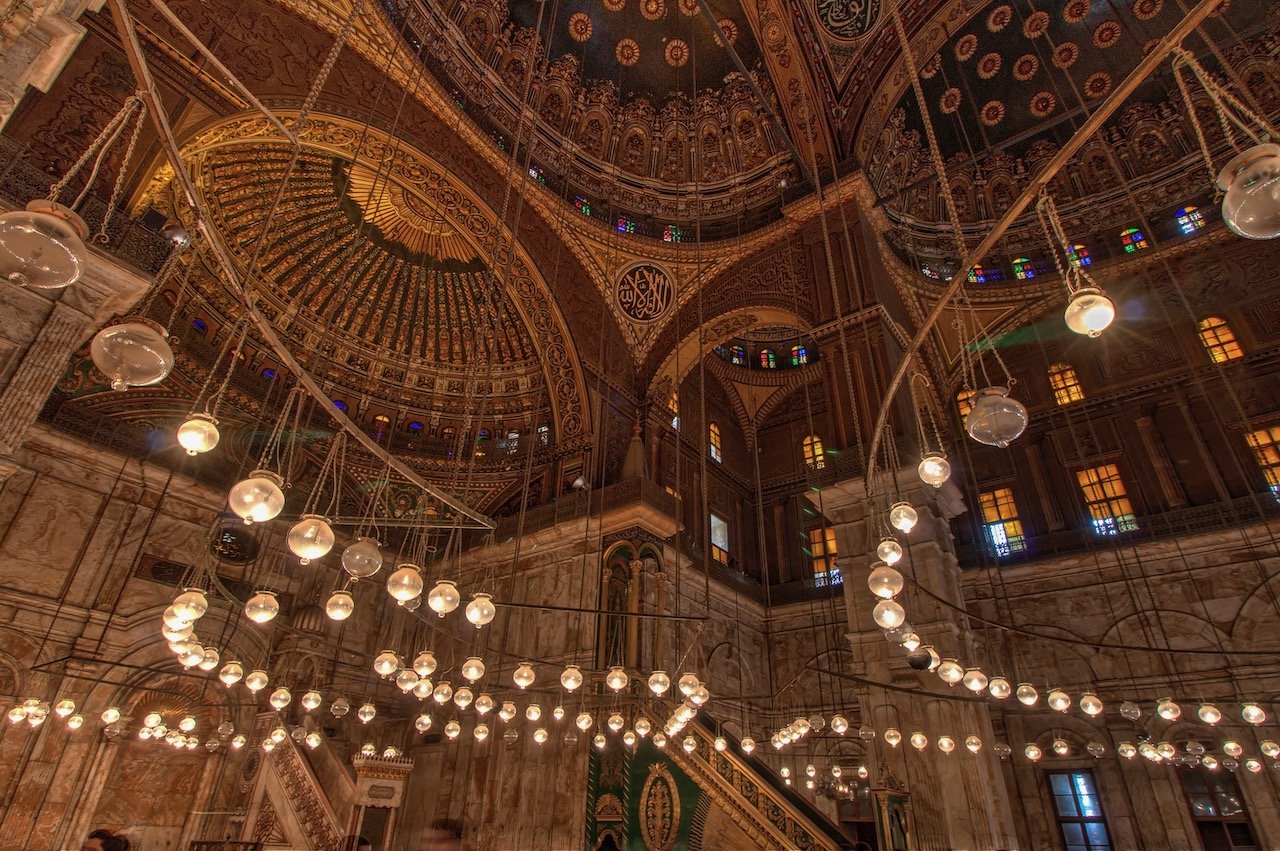
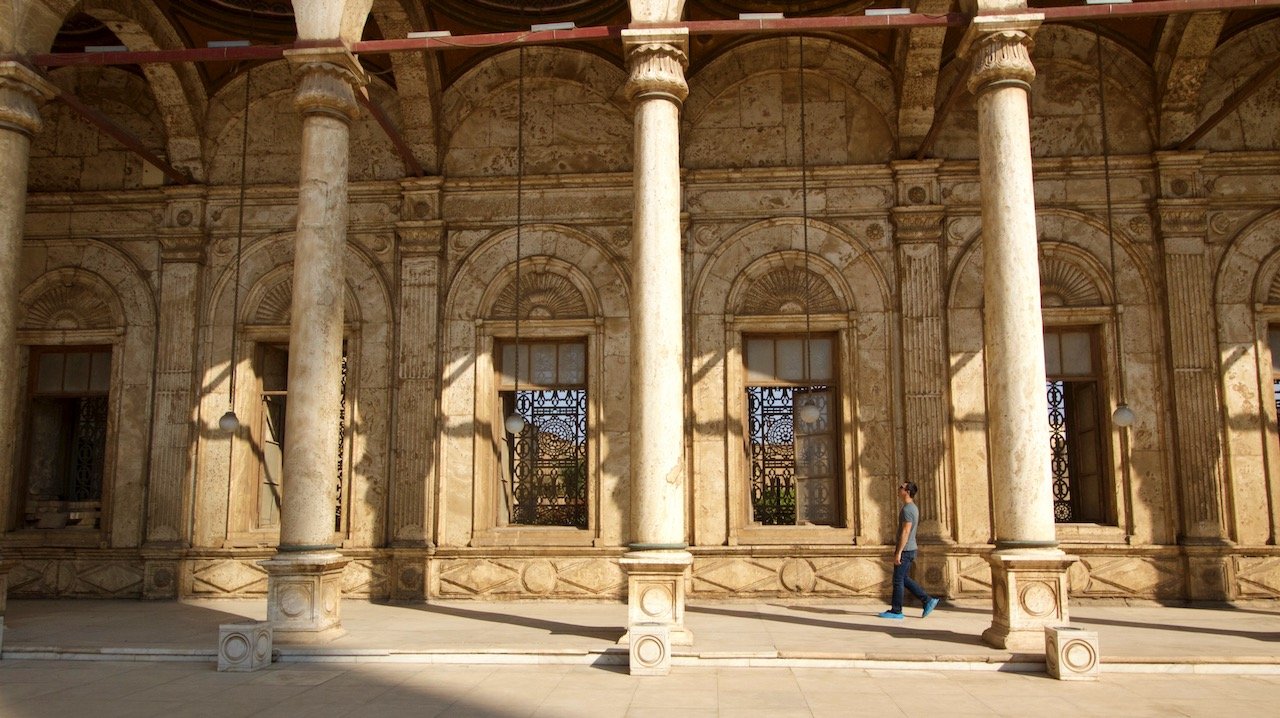
Aside from exploring the city streets at your own leisure, some sites worth seeing (in addition to the pyramids and the sphinx) is the mosque of Muhammad Ali, the Egyptian Musuem, Tahrir Square, Old Cairo, and the Khan El-khalili bazaar. A simple google search with show you many more mosques, museums, and bazaars to see but this list is a good representation of all of them, especially good if you are short on time in Cairo.
Old Cairo (UNESCO WHS) is also called “Islamic Cairo” and has the remnants of roman fortifications and old houses of worship, basically before Cairo because Cairo. The Mosque of Muhammad Ali, is described as an alabaster mosque, given its gorgeous sppearance and is a prime example of Ottoman Architecture.
Aswan is the perfect place for sailing on felucca boats. The weather is incredible, there are ruins, tombs, archaeological sites all along the river that can be explored and the atsmophere is extremely relaxing and low key which is perfect after escaping the hustle of Cairo.
Here you can see Kitchener’s Island, Elephantine Island (Jazirat Aswan), and the Tombs of the Nobles. These boats can be booked easily online, but it is recommended to book in advance to avoid disappointment.
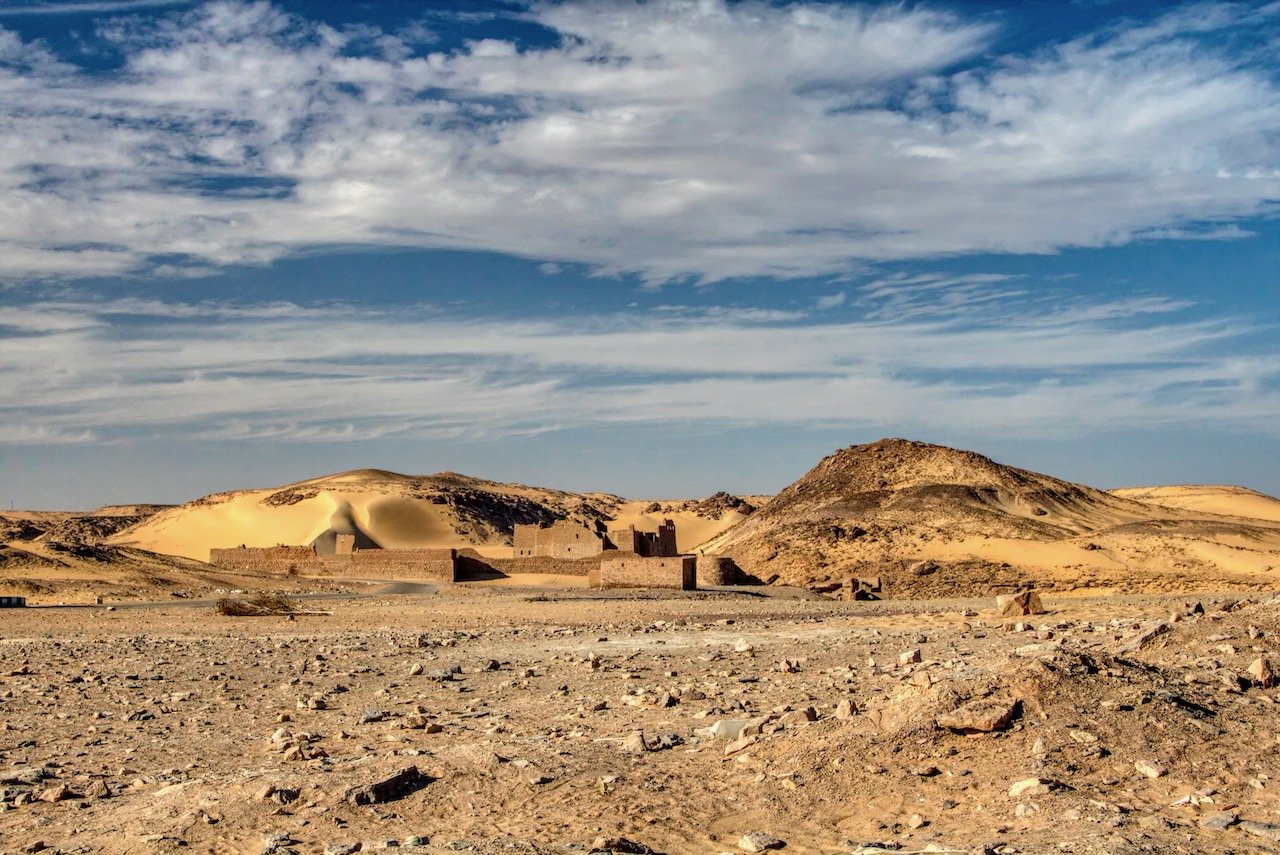

Just on the outskirts of town lies The Giza Plateau with the iconic Pyramids of Giza and the Sphinx. A taxi will take you up to here and from there, you can decide to chill on one of the giant stones, take a camel ride to each pyramid (Khufu, Khafre and Menkaure) and Queen’s pyramids, or even pay extra to see inside of one. Be sure to stay for the Pyramid Sound and Light show, which is offered on specific dates. I recommend catching these wonders as early as you can or for sunset.
The ‘usual’ or typical route taken to see Egypt is to venture down to Aswan and work your way up the Nile river. You can take a flight to Aswan (daily departures with EgyptAir) or take the night train. Both options are good, however you do save on a night’s accommodation by taking the night train, however the prices for a flight+accommodation vs. night train may be comparable. Tickets for the train can be booked through Egypt Railways (timetables can be seen here).
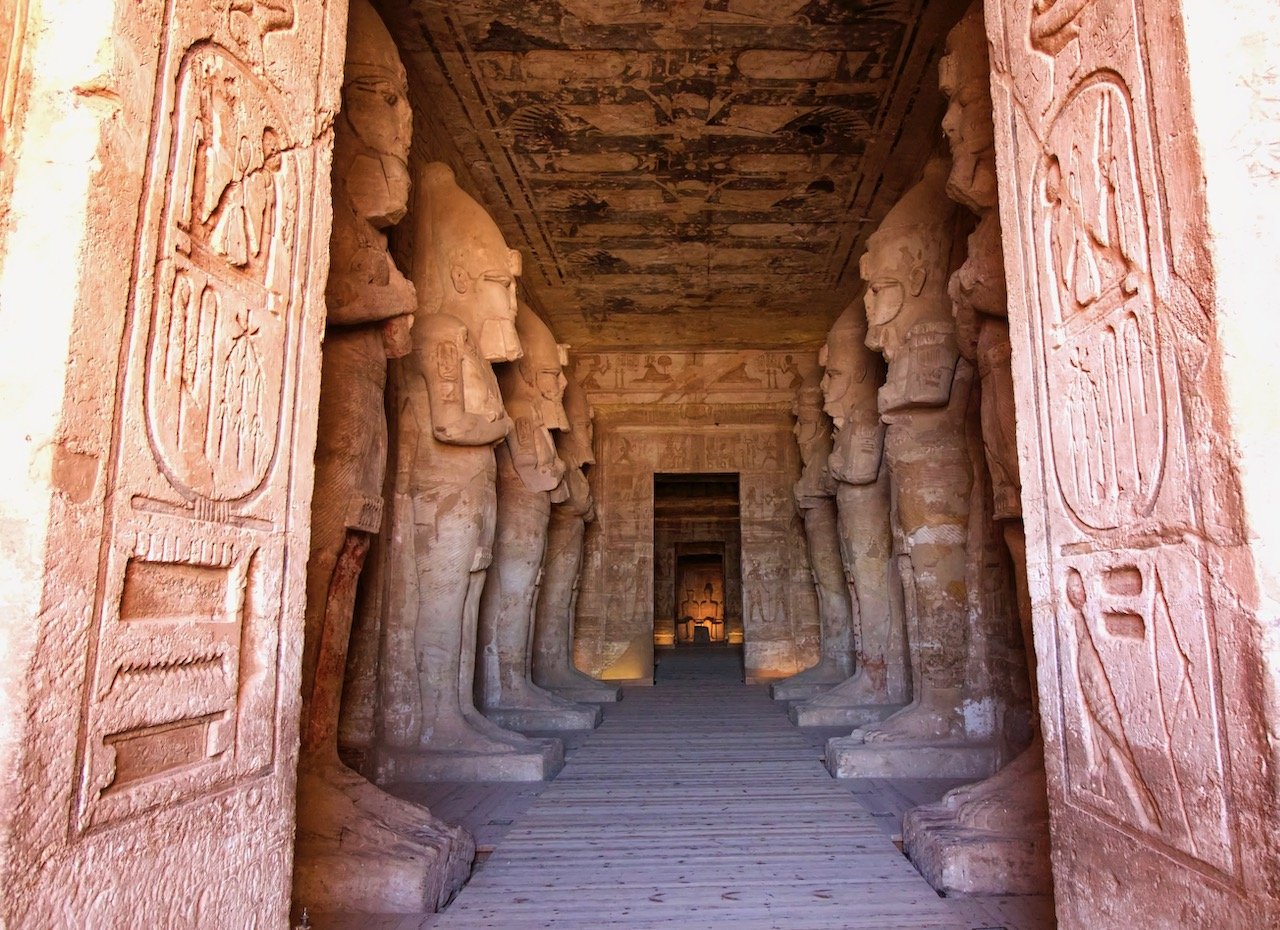
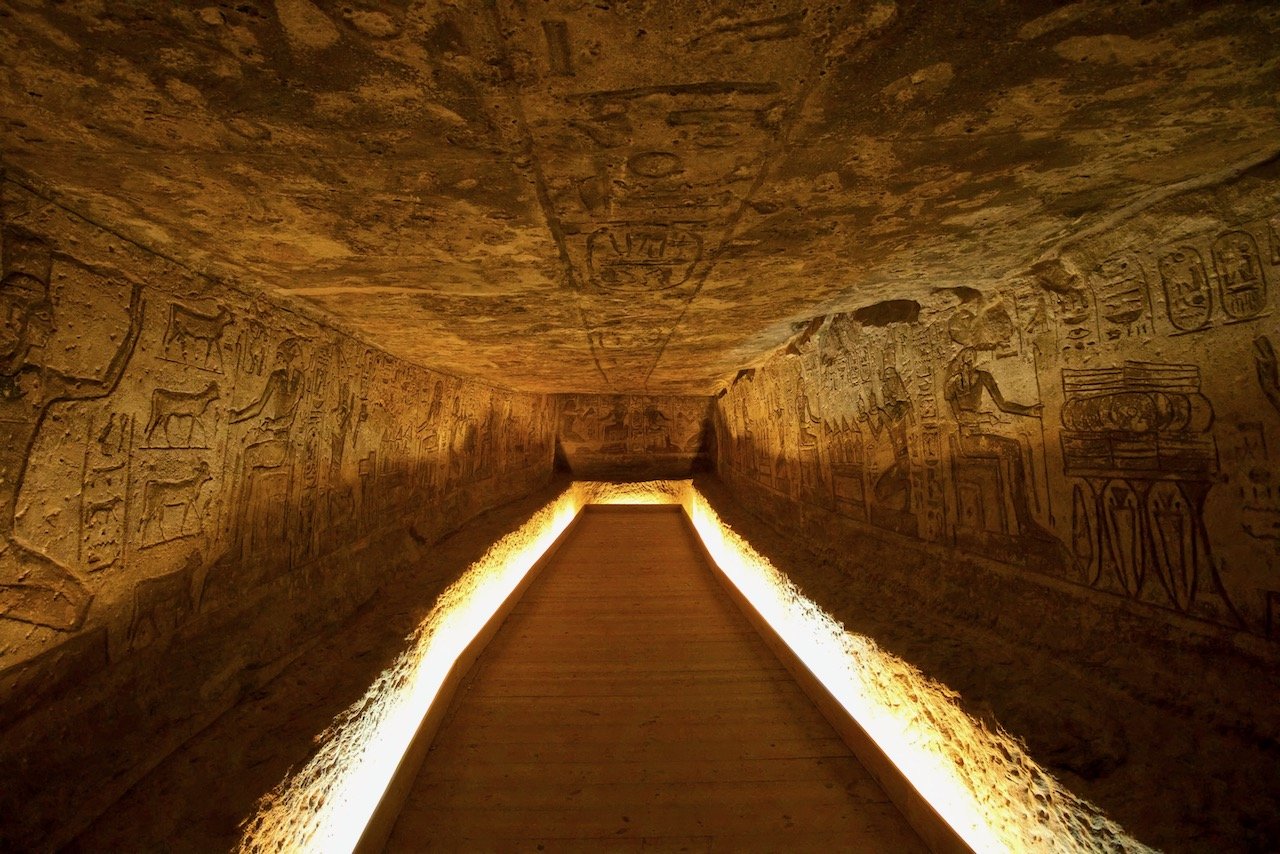
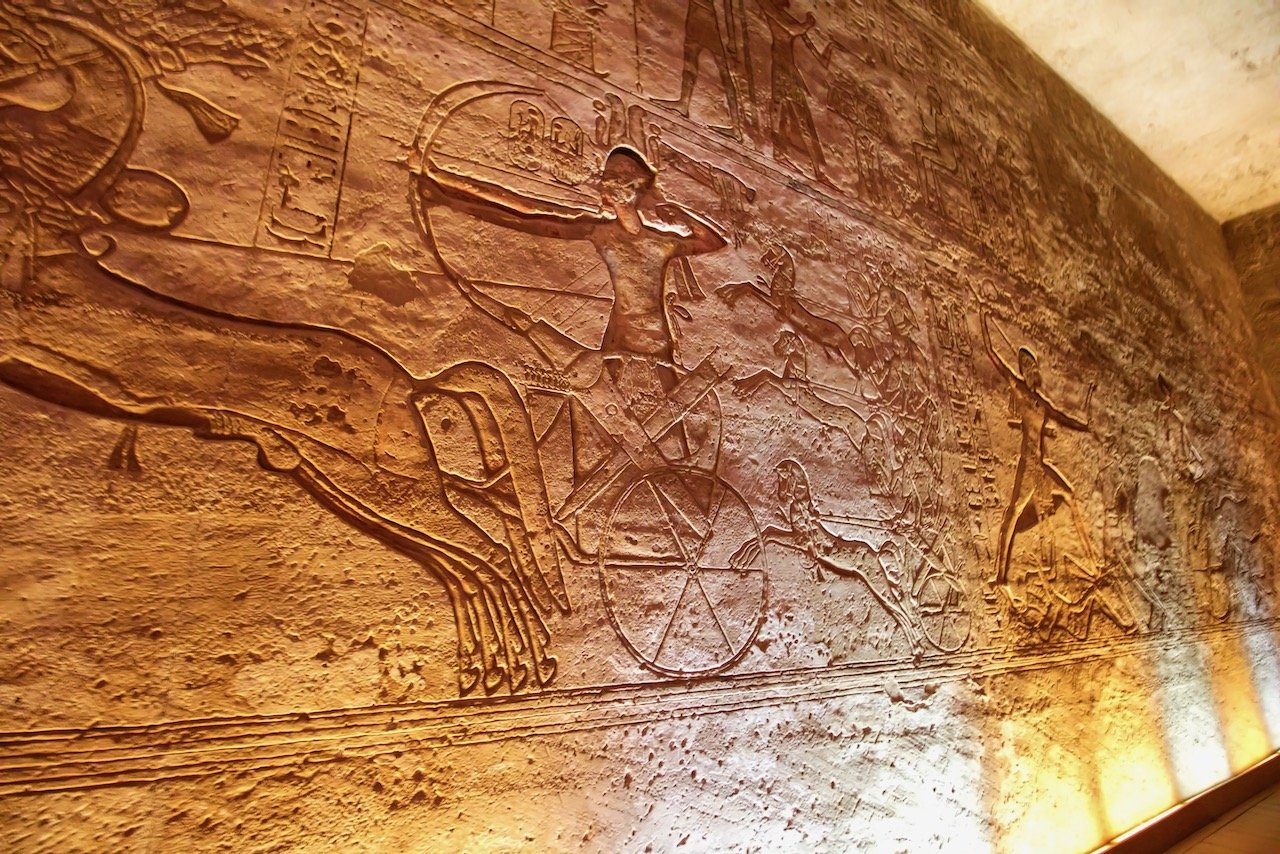
From Aswan, you can head south by boat (several days depending on stops along the way), plane (EgyptAir, 45 mins), or bus (3 hours, booked through accommodation or online, usually two departures a day) to the Temple of Abu Simbel. Once you arrive at the airport, a 10 minute taxi ride will get you to the temple itself. Both temples were build by Ramses II and pay homage to himself as well as his wife Nefertiti. Perhaps the most famous inscription of Ramses II can be seen here, where he rides a chariot into battle.
Egypt is most famous for its pyramids, but make no mistake, do not dismiss this temple perhaps out of inconvenience or lack of time, this temple is worth seeing. Even the story in its restoration is fascinating. Due to its location on the Nile, it was at risk for flooding, so the Egyptian government in partnership with American engineers, moved the entire temple further from the river to higher elevation. They painstakingly maintained the position of the temple with respect to the sun as well as the integrity of the temple itself. (More information about its relocation can be read here.)
When you’re back in Aswan, book a nile river boat cruise to take up the river north so sites like Edfu and Luxor (most cruises also have an experience guide to tell you all about the sites along the way). For those who have the time and flexiblity and would like to not be constrained by the tight schedule of a cruise, bus and trains access these sites as well.
